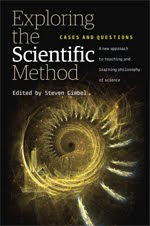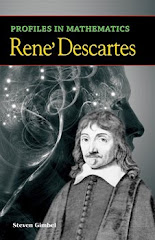Otto Neurath and the Credit Crisis
One of my heroes is Otto Neurath. He was a member of the Vienna Circle, a philosopher and a sociologist. He turned down an opportunity to work with Max Weber and instead went into museum work. His idea was to create science museums to start a social revolution.
The key to upward mobility in class-ossified Europe, he believed, was education. But working people could never have the time or instruction to master the complex mathematical language in which science was couched. This was a boundary like the writing of all academic papers in Latin. It gave those with the social capital a lock on education and therefore on social control.
But if we were to develop a new language, the whole thing could change. It would have to be a language accessible to all, but yet sufficiently robust to be able to convey the complex mathematical relations needed to explain science. And so he developed "Isotype" (International System of TYpographic Picture Education), a pictorial language useful for representing abstractions and relations. Ever look at the symbol on a bathroom door to see if it is the men's or ladies' room? Ever check to see if it's a little guy or a big hand to see if it is safe cross? That's Isotype.
But the idea was not mere convenience or safety, it was to have a language that could explain the complexities of the world to non-scientists in a way they could understand. That's why I was tickled to find Jonathan Jarvis' work "The Crisis of Credit." The use of isotype in a video that does exactly what Neurath was hoping isotype could do in a way that would have tickled Neurath is a marvel. Do yourself a favor and watch both parts.






|